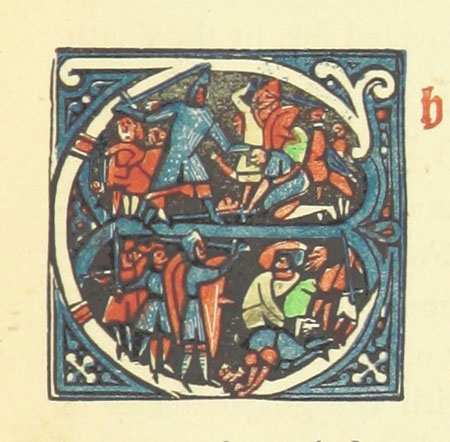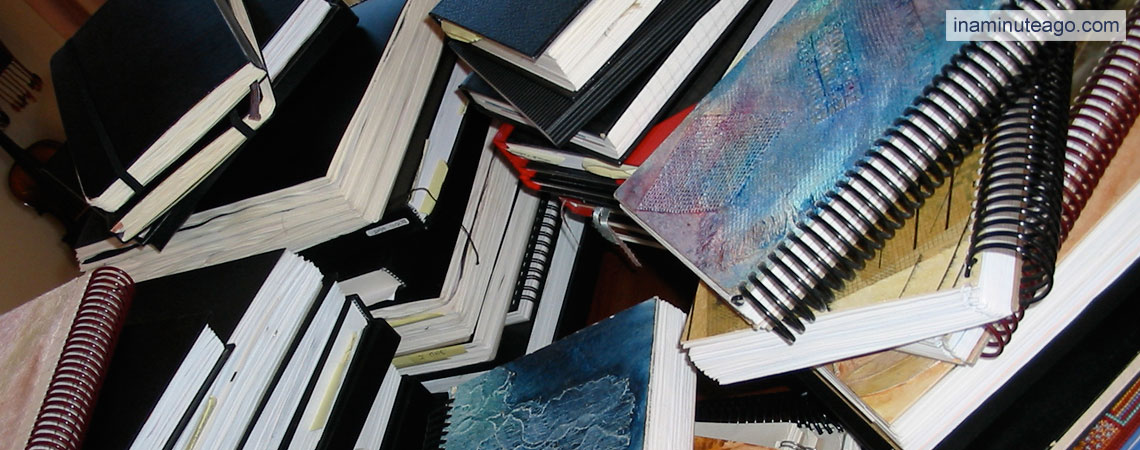British Library has over a million images online in the public domain
Over the last few years the British Library, has digitised books, manuscripts, and all manner of printed media from their collection. They have compiled over a million images which are released in the public domain so you can use them. Anyone who does collage will enjoy their flickr stream. They state here on British Library’s site that We have released over a million images onto Flickr Commons for anyone to use, remix and repurpose. These images were taken from the pages of 17th, 18th and 19th century books digitised by Microsoft who then generously gifted the scanned images to us, …



